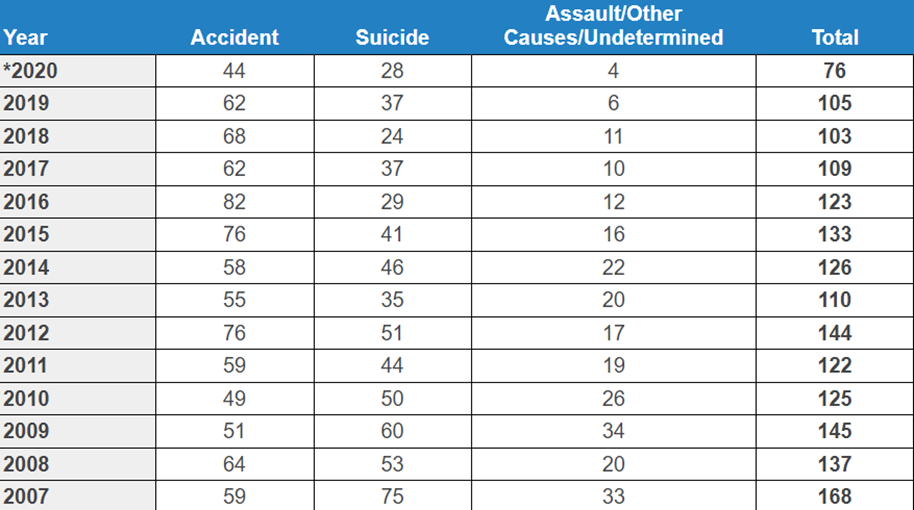On BBC Radio Ulster’s show Good Morning Ulster on June 7, during a discussion about deaths during the Isle of Man TT, former road racer Phillip McCallen said:
“Accidents can happen in any sport… They knew when they went up on that mountain or out on that race track that there’s a risk. Maybe that’s part of it…You take fishing, for example. Approximately 120-140 people a year die in Irish waters. You know, they don’t stop fishing; they don’t stop going out in the boat because they could be one of those statistics of 140…”
Was Phillip correct about the deadliness of fishing? Not quite…
Because, while on average around 140 people do perish every year in Irish waters, context is vital.
Fishing
The Marine Casualty Investigation Board investigates accidents in the maritime transport sector. Its figures relate to commercial fishing in Ireland, north and south.
According to its most recent annual report, there were four fatalities involving fishing vessels in three separate incidents in Irish waters between 1 January 2020 and 31 December 2020.
At no point in the last 10 years has fishery fatalities in Irish waters been over 9 and the yearly averages is 3.7.

Source: Marine Casualty Investigation Board Annual Report 2020
Other deaths
In Northern Ireland, NISRA publishes deaths by drowning and submersion caused by accidents, suicide, assault and undetermined intent up until 2019. The yearly average overall is 22.4.
Drownings related to recreational fishing are included in accidental drownings, with a yearly average overall of 7.4 .

Source: NISRA Registrar General Historical Reports 2015-2019. Table produced by Author.
According to Water Safety Ireland, the statutory, voluntary body and registered charity established to promote water safety and reduce drownings in the Republic of Ireland, on average 123 drownings occur in Ireland every year (in the time period 2007-2020).
Males represent the vast majority of deaths in Irish waters (79%) and the majority of drownings occur at inland water sites (62%) While these figures include accidents (51% on average of drownings over 2007-2020) related to bathing, boating, walking and fishing (disaggregated figures for drownings directly as a result of fishing accidents were not available), they also include suicide, assault and other/undetermined causes.
Water Safety Ireland Drowning Statistics 2007-2020

Why inaccurate?
Mr McCallen’s exact phrase was “Approximately 120-140 people a year die in Irish waters.”
Looking simply at that sentence in isolation, we could have rated this fact check as “accurate with consideration” or even just “accurate”.
However, that sentence did not occur in isolation. Context is very important. Mr McCallen was talking about fishing, and the risks people take while choosing to fish, and comparing that to the risk evaluation of participants in the Isle of Man TT.
If you said, “People still cycle despite the fact that X people die on the roads every year,” and the figure X includes cycling deaths as well as motorbike deaths, car deaths, lorry deaths, pedestrian deaths – and even cases of death by suicide – that would be a completely disingenuous use of that statistic. The correct context for assessing the risk of cycling is, simply, cycling.
Hence our rating: inaccurate with consideration.




